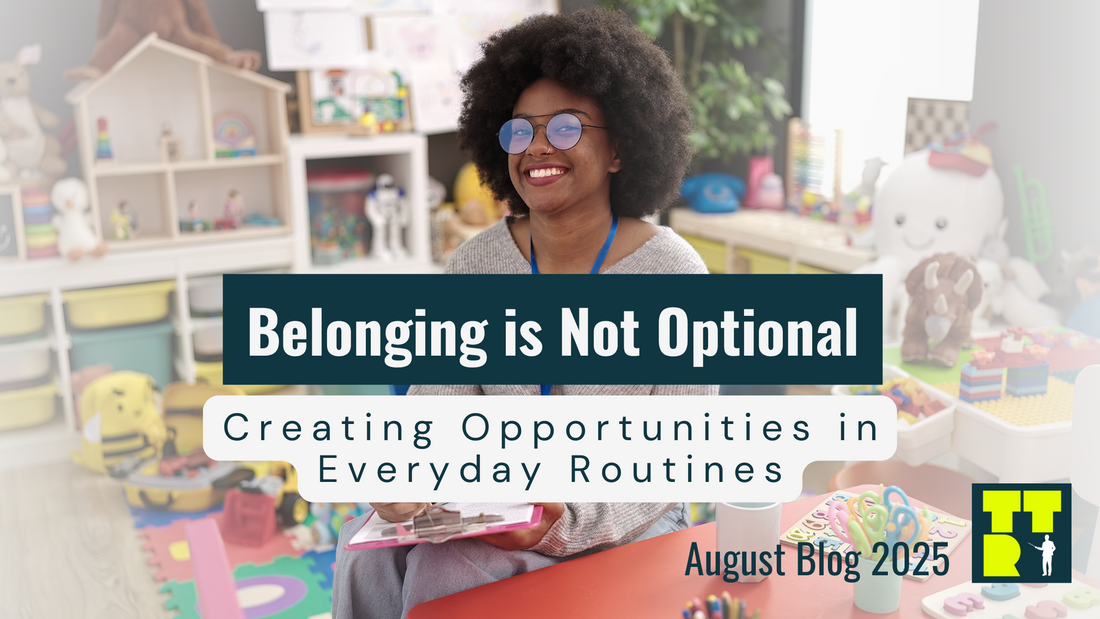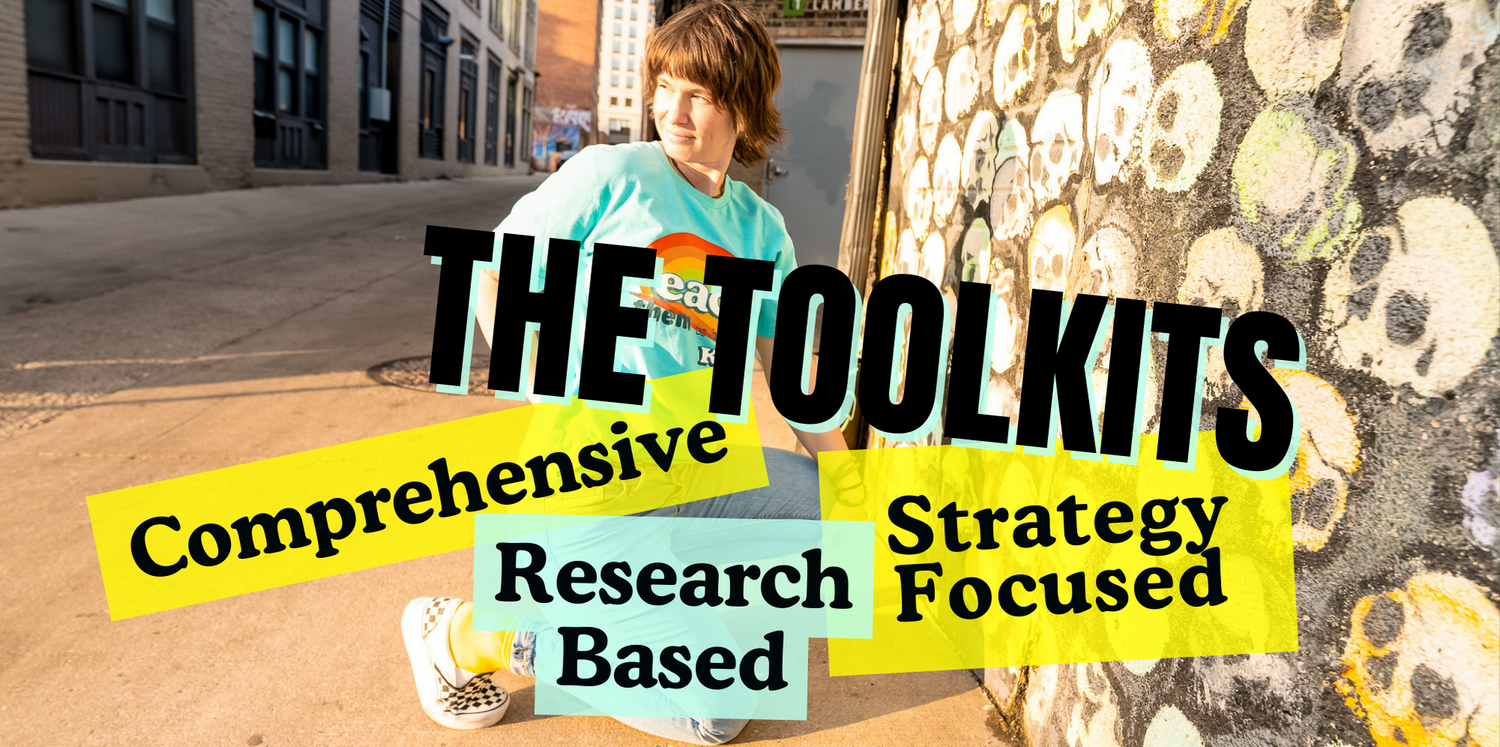
Creating Contribution Opportunities in Everyday Routines
Share
Creating Contribution Opportunities in Everyday Routines
Belonging grows when students bring something valuable to the community and know others depend on them for it.
You don’t need to invent elaborate projects to make that happen. Start with the routines you already have. (If you’re new to the connection between belonging and behavior, the Neurodivergent Toolkit breaks this down in depth with practical steps you can apply right away.)
Step 1: Map Your Routines
List what students do when they arrive, during transitions, and when class ends.
This might include greeting classmates, putting away backpacks, grabbing materials, logging in to devices, or cleaning up supplies. When you can see the full sequence of your class period, you’ll spot natural openings for contribution that you may have been handling yourself without realizing.
Step 2: Identify Jobs Inside Those Routines
Look for anything that needs to be set up, timed, read aloud, organized, or cleaned.
For example, if your class starts with a warm-up, someone can write it on the board, someone else can start the timer, and a third person can read the instructions aloud. During transitions, there might be a student who preps the next activity’s materials while another keeps track of time so the group stays on pace.
Example: Start of Class
- Scripter: Writes the “Do Now” on the board.
- Timekeeper: Starts the timer.
- Announcer: Reads the directions aloud.
Example: End of Class
- Materials Manager: Returns supplies.
- Reset Crew: Tidies desks and shared spaces.
- Exit Ticket Collector: Gathers and organizes student work.
These jobs may look small, but they do big work for the brain. When students consistently contribute, they don’t just feel included—they feel essential. That’s when belonging starts to stick. The Neurodivergent Toolkit includes even more contribution strategies for building belonging alongside the other four core needs.
Coming up next: In our next post, we’ll zoom in on beginning and end-of-class contribution systems—how to design them, teach them, and keep them running without adding to your workload.
If you want to start meeting all five student needs—not just belonging—click here to get the Neurodivergent Toolkit. You’ll get the full framework plus the Behavior as Communication Workshop as a bonus.







